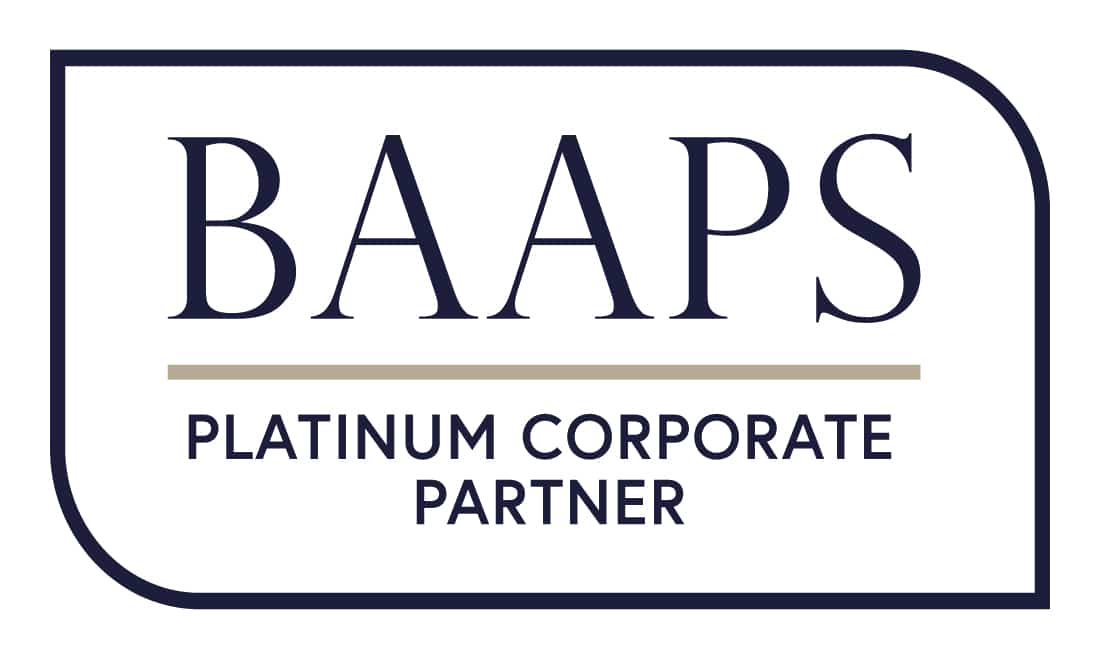Related Content
Spilling The Tea with Dr Nev Davies - Consent in Surgical Practice
Consent in Surgical Practice: A Common-Sense Approach
As an orthopaedic surgeon with 15 years of experience in both the NHS and private practice, I know that getting the consent process right is about far more than just ticking a box. It’s about clear communication, managing expectations, and ultimately protecting both the patient and yourself.
In the past two years as the complaints lead for our Trauma and Orthopaedic Department, I’ve gained valuable insight into the patient perspective. One thing has become clear: medicolegal claims around consent are rarely about the complication itself—they’re about patients feeling they weren’t properly informed beforehand.
Consent as a Continuum
One of the biggest misconceptions I’ve seen over the years is the idea that consent happens when the patient signs a form. In reality, it’s an ongoing dialogue that should start well before the day of surgery. Patients need time to process information, weigh their options, and ask questions. A rushed conversation just before heading to theatre is one of the easiest ways to land yourself in trouble.
The Legal Standard – What Patients Need to Know
Since Montgomery v Lanarkshire (2015), the legal framework has shifted toward a more patient-centred approach. We are now expected to disclose any risks that a reasonable patient would find significant—not just the ones we as clinicians think are important. This means tailoring the discussion to the individual.
A young athlete may be most concerned about returning to sport, while an older patient may prioritise pain relief over full mobility. Over the years, I’ve found that actively listening to what matters most to the patient is key to ensuring consent is meaningful.
How to Make Consent Work for You
1. Start Early – The first meaningful discussion should happen in clinic, well before surgery. Patients need time to reflect and, if necessary, involve family members. On the day of surgery, consent should be a recap, not a brand-new conversation.
2. Keep It Simple – Avoid medical jargon. Analogies, sketches, and my plastic knee model make a big difference. A well-explained risk is far less likely to lead to a complaint later.
3. Discuss Alternatives Properly – Patients must be made aware of non-surgical options, even if surgery is clearly the best course of action. If they decline surgery, document that they understand the risks of doing nothing.
4. Be Honest About Risks – No operation is risk-free. If a rare but serious complication exists, I mention it. Every patient undergoing knee replacement under my care is consented for loss of life. If a patient is particularly anxious about a specific risk, I ensure this is documented.
5. Manage Expectations – One of the most common sources of complaints I’ve seen is a mismatch between patient expectations and the actual outcome. I always make sure my knee replacement patients understand that improvement is a process, not an overnight fix.
6. Document Thoroughly – The consent form alone is not enough. All my surgical patients receive a specific consent information leaflet well before their procedure. I ask them to read, digest, sign, and bring it with them on the day of surgery—separate from the hospital’s standard consent form. If a dispute arises years later, thorough documentation is your best protection.
Pitfalls That Can Lead to Claims
Over the years, I’ve seen common mistakes that put clinicians at risk:
Delegating complex consent discussions – While junior staff can handle routine cases, high-risk procedures require direct consultant involvement.
Taking consent too close to surgery – If a patient hasn’t had adequate time to reflect, consent could be challenged as invalid.
Inconsistent messaging – If different team members contradict each other, it creates doubt and potential liability. The whole team must be aligned on key messages.
Not explaining worst-case scenarios – Even rare risks must be mentioned if they are serious. Patients are far more likely to accept complications if they were informed beforehand.
Summary
A well-informed patient who feels listened to is much less likely to complain if something doesn’t go to plan. Good consent is about clarity, honesty, and thorough documentation. The time you invest in doing it properly will not only strengthen patient trust but also significantly reduce your medicolegal risk.
Nev Davies FRCS (Tr & Orth)
Consultant in Trauma & Orthopaedics
Complaints Lead (2022–)
Royal Berkshire Hospital

The Hidden Risks Gynaecologists Shouldn’t Ignore
You remember everything well. The consultation felt routine. The consent form was signed. Everything was documented… or so you thought.
This is the new reality for many gynaecologists across the UK, where even the most conscientious professionals can find themselves navigating the sharp edge of litigation, not because of technical incompetence, but because the expectations around care, consent, and communication have changed.
And here’s the most unnerving part: many doctors are discovering too late that their indemnity cover doesn’t stretch as far as they thought. In this article, we unpack the most pressing, yet often overlooked, medico-legal risks gynaecologists face today and why it’s not enough to be a skilled clinician anymore.
1. Diagnostic Errors: A Silent Threat
Misdiagnosis or delayed diagnosis, particularly in conditions like ovarian or cervical cancer, remains a prevalent issue. Such errors not only jeopardise patient health but also expose practitioners to legal repercussions. Studies have highlighted that inadequate follow-up
procedures and failure to consider alternative diagnoses contribute significantly to these claims. ShoosmithsHiggs LLP
2. The Complexity of Informed Consent
The process of obtaining informed consent has evolved, especially after the landmark Montgomery v Lanarkshire case in 2015. Gynaecologists must ensure that patients are fully informed about the risks, benefits, and alternatives of procedures. Failure to do so has led to a surge in claims related to inadequate consent. Devonshires Claims
3. The Importance of Post-Procedure Monitoring
Effective communication between doctors and patients is paramount. Breakdowns in communication can lead to misunderstandings, eroded trust, and increased litigation risks. Encouraging two-way communication helps patients develop appropriate expectations and
share critical information. PubMed Central+11MDPI+11Shoosmiths+11University of YorkMedical Protection
Navigating the Legal Landscape
The medico-legal challenges in gynaecology are multifaceted, encompassing diagnostic accuracy, informed consent, diligent follow-up, and effective communication. By acknowledging these hidden risks and proactively addressing them, gynaecologists can
safeguard their practice and, more importantly, enhance patient care.
At Incision, we understand the unique challenges faced by gynaecologists. Our comprehensive indemnity solutions are designed to provide robust protection against the evolving medico-legal landscape. Don't leave your practice vulnerable—partner with Incision
for peace of mind.


